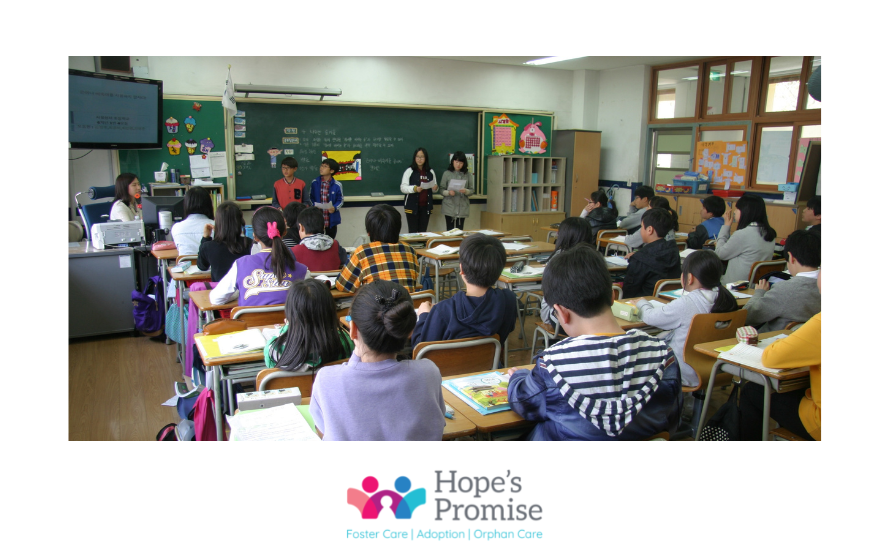Back to School!

It’s that time of year again! Back to school! Back to school can be a daunting time, for parents and children alike. We love these tips from our friends at Raise the Future. These apply to all children and can be especially helpful reminders if you are parenting a foster child.
By Darby Baldwin, an employee of Raise the Future
Back-to-school time is here! We wanted to share a few reminders of how to prepare, support, and advocate for your kiddos as they go back to the school routine.
Look for/Be aware of these things:
Felt Safety—Is your child going to a new school? Do they have new teachers, a new classroom, new classmates, new experiences? All of these things can be hard for kids; even if they are in the same school, there are always new things each year. Look for ways to help your child feel more secure and safe in the new environment. Be proactive and talk about the new thing, whatever it may be. Meet with teachers, if possible, to help your child become familiar with them before school starts. Ask your child how they are feeling about going back to school. Ask some “I wonder” questions to encourage the conversation. Relate to them by sharing feelings you have when experiencing new situations. Encourage them to use their voice and talk about things. And, of course, be there to encourage and help along the way.
Structure and Routine—Implement a regular routine and structure around your day. In addition to the schedule of what to do in the morning to get out the door for school each day, implement a schedule/routine around what to do after school each day.
- Make opportunities for your kids to use their voice and talk about their day. Ask questions: What was good, what was challenging, what did they experience that they didn’t expect? etc. Allow time for connecting through conversation about what happened in their day when you weren’t with them, and LISTEN.
- PLAY with your kids! Make opportunities for play and schedule some downtime before starting homework.
- Provide structure around homework time. Look for the sensory needs that your child might have around completing homework. Be flexible.
Transition—Think of Dr. Dan Siegel’s “name it to frame it.” Talk about what is going to happen. Talk about when it’s going to happen. Talk about how you can help them with what is coming next. Transitions can be big triggers for kids; help them to be prepared for the next thing. If necessary, make a visual chart or transition cards to help with what comes next.
Regulation—Remind your kids about their upstairs brain and their downstairs brain. What can they do to self-regulate when the need arises? Practice strategies they can use in the classroom, on the bus, on the playground, etc. (fidgets, ask for help, breathe)
Snacks and Water—Be sure to have snacks and water available for kiddos at school and after school. If necessary, talk to teachers about allowing your child to have a snack at school. When a child’s blood sugar and hydration levels are where they should be, they are better able to learn and regulate. Have a snack and water available in the car when you pick them up from school or as soon as they arrive home on the bus.
Sensory Behaviors—Behavior is an expression of regulation…With this in mind, help your child regulate. Give ideas on what they can do to manage their behavior. Look for things that your child seeks or avoids with regard to their senses. Meet the sensory needs before the behavior becomes too challenging.
ADVOCATE!—Be your kid’s BIGGEST advocate. Talk to teachers and staff about what your kiddo needs to learn and be successful in their day. Older kids can be their own advocate with the right support, encouragement, and understanding of their own needs.
HAVE A FANTASTIC SCHOOL YEAR!



